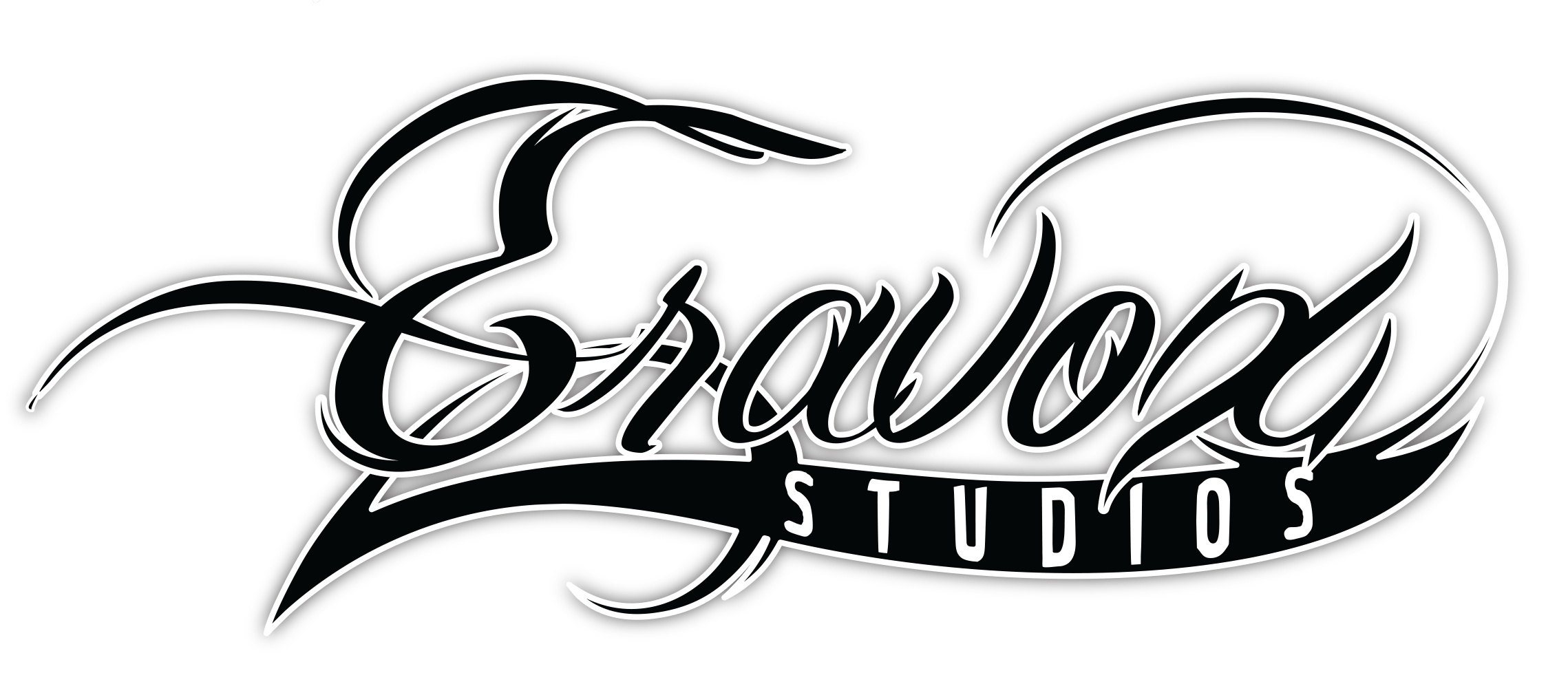In the ever-evolving landscape of music production, having the right tools can make all the difference in crafting high-quality tracks. Whether you’re an aspiring producer setting up your first home studio or a seasoned musician looking to upgrade your equipment, understanding what tools are essential can help you streamline your workflow and unleash your creativity. Here’s a comprehensive guide to the top 10 must-have tools for every music producer.
1. Digital Audio Workstation (DAW)
At the heart of every music production setup is a Digital Audio Workstation (DAW). This software allows you to record, edit, and mix audio and MIDI. Popular DAWs include:
- Ableton Live: Known for its intuitive interface and powerful live performance capabilities, it’s a favorite among electronic music producers.
- Logic Pro X: A comprehensive option for Mac users, offering a vast library of sounds and plugins.
- Pro Tools: The industry standard for professional studios, ideal for recording and mixing complex projects.
Choosing the right DAW depends on your workflow and the type of music you produce, so consider trying out a few before making a commitment.
2. Audio Interface
An audio interface is crucial for connecting your instruments, microphones, and speakers to your computer. It converts analog signals into digital audio for your DAW. Look for an interface with:
- High-Quality Converters: This ensures your recordings capture the best sound quality.
- Low Latency: Minimizes delays between your input and output, allowing for a smoother recording experience.
Popular options include the Focusrite Scarlett series and the Universal Audio Apollo range, both known for their reliability and sound quality.
3. Studio Monitors
Accurate monitoring is essential for mixing and producing music that sounds great on all playback systems. Invest in a pair of studio monitors that provide a flat frequency response, allowing you to hear your mix as it truly is. Recommended models include:
- Yamaha HS Series: Known for their clarity and precision.
- KRK Rokit: Popular for their bass response and affordability.
Ensure your monitors are positioned correctly in your workspace to achieve optimal sound.
4. Headphones
While studio monitors are essential, a good pair of headphones is also crucial for detailed listening, especially in noisy environments. Look for closed-back headphones for tracking and open-back for mixing. Recommended models include:
- Audio-Technica ATH-M50x: Renowned for their balanced sound and comfort.
- Sennheiser HD 280 Pro: Excellent isolation and sound quality, making them a great choice for recording.
5. MIDI Controller
A MIDI controller allows you to input notes and control software instruments easily. It can range from simple keyboards to more complex pads and control surfaces. Consider features like:
- Velocity Sensitivity: For a more expressive performance.
- Assignability: The ability to customize knobs and pads for different functions in your DAW.
Popular options include the Akai MPK Mini and the Novation Launchkey series.
6. Microphone
A quality microphone is essential for recording vocals and instruments. There are two main types to consider:
- Dynamic Microphones: Great for live performances and loud sources, such as guitar amps. The Shure SM58 is a classic choice.
- Condenser Microphones: Ideal for studio recording, capturing the nuances of vocals and acoustic instruments. The Audio-Technica AT2020 is a popular entry-level option.
7. Plugins and Virtual Instruments
Plugins are essential for expanding your sonic palette. They can range from effects like reverb and delay to virtual instruments that emulate real instruments. Some must-have plugin categories include:
- EQ and Compression: Essential for shaping your sound and controlling dynamics.
- Synthesizers: Virtual instruments like Serum or Native Instruments’ Massive can provide endless creative possibilities.
Many DAWs come with built-in plugins, but investing in third-party options can elevate your production quality.
8. Acoustic Treatment
To achieve the best sound in your home studio, consider investing in acoustic treatment. This doesn’t mean building a professional studio, but simple improvements like:
- Bass Traps: Help control low frequencies, preventing them from becoming overpowering.
- Acoustic Panels: Reduce reflections and echoes, allowing for a clearer sound.
Treating your space can significantly improve the accuracy of your monitoring and mixing decisions.
9. External Hard Drive
Music production can take up a significant amount of storage, especially with high-quality audio files and projects. An external hard drive provides a reliable solution for backing up your work and keeping your system running smoothly. Look for:
- SSD (Solid State Drive): Offers faster speeds and durability compared to traditional HDDs.
- High Capacity: Aim for at least 1TB to ensure you have ample space for projects.
10. Music Production Books and Online Resources
Finally, continual learning is vital for any music producer. Investing in books, courses, and online resources can help you stay updated with the latest techniques and trends. Consider resources like:
- Books: “The Mixing Engineer’s Handbook” by Bobby Owsinski offers valuable insights into the mixing process.
- Online Courses: Websites like Coursera, Skillshare, or MasterClass provide a range of courses on music production.
Engaging with a community, whether online or in-person, can also provide invaluable support and inspiration as you hone your craft.
Conclusion
Equipping yourself with the right tools is crucial for any music producer looking to elevate their craft. From DAWs and audio interfaces to microphones and acoustic treatment, each element plays a significant role in shaping your sound. At Eravox Studios, we believe that with the right tools and a passion for creativity, you can produce music that resonates with audiences. Whether you’re just starting or looking to refine your setup, investing in these essential tools will empower you to bring your musical visions to life.
Remember, the most important tool is your creativity—so explore, experiment, and enjoy the process!
